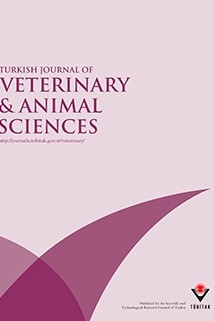
Turkish Journal of Veterinary and Animal Sciences
Yazarlar: İvan VALCHEV, Rumen BINEV, Veska YORDANOVA, Yordan NIKOLOV
Konular:-
Anahtar Kelimeler:Intoxication,Anticoagulant rodenticides,Animals
Özet: The newest measures for the control of harmful rodent populations are from the anticoagulant rodenticide group, which are divided into 2 subgroups: first and second generations, and indandione derivatives. Non-target organisms are potentially at risk of direct consumption of baits (primary hazard) and of eating poisoned rodents (secondary hazard). Anticoagulant rodenticides inhibit the enzyme vitamin K-dependent carboxylase and thus impair the reactivation of vitamin K1, indirectly affecting physiological blood coagulation. The diagnosis is made on the basis of clinical signs (massive hemorrhages), laboratory findings, and especially the changes in coagulation markers (APTT, PT, TT, PCT, ACT, FDPs, and PIVKA). The specific antidote is vitamin K1. The general prophylaxis consists of placing baits out of reach of animals, daily control of baits and dead rodents, which are to be timely removed.